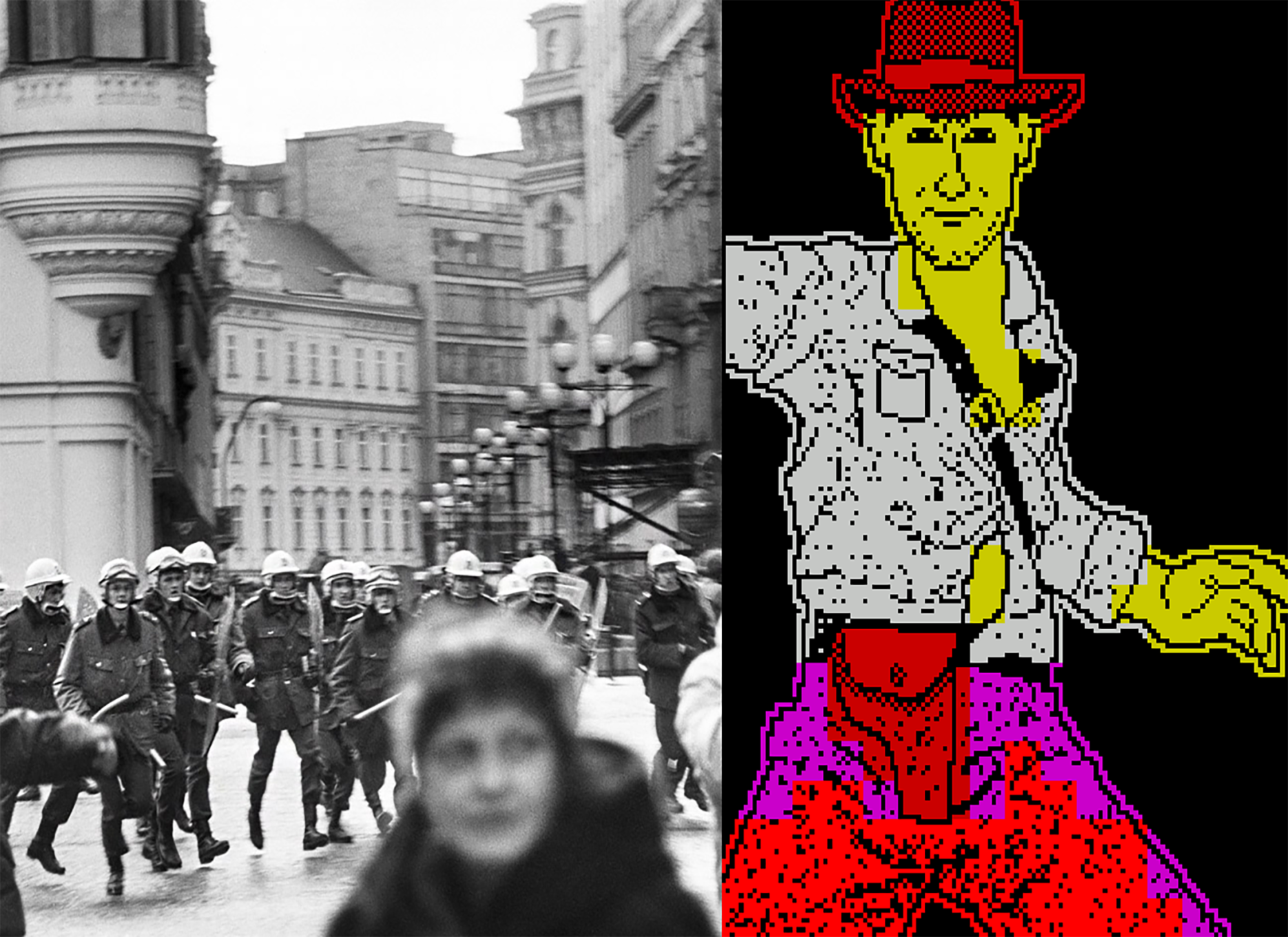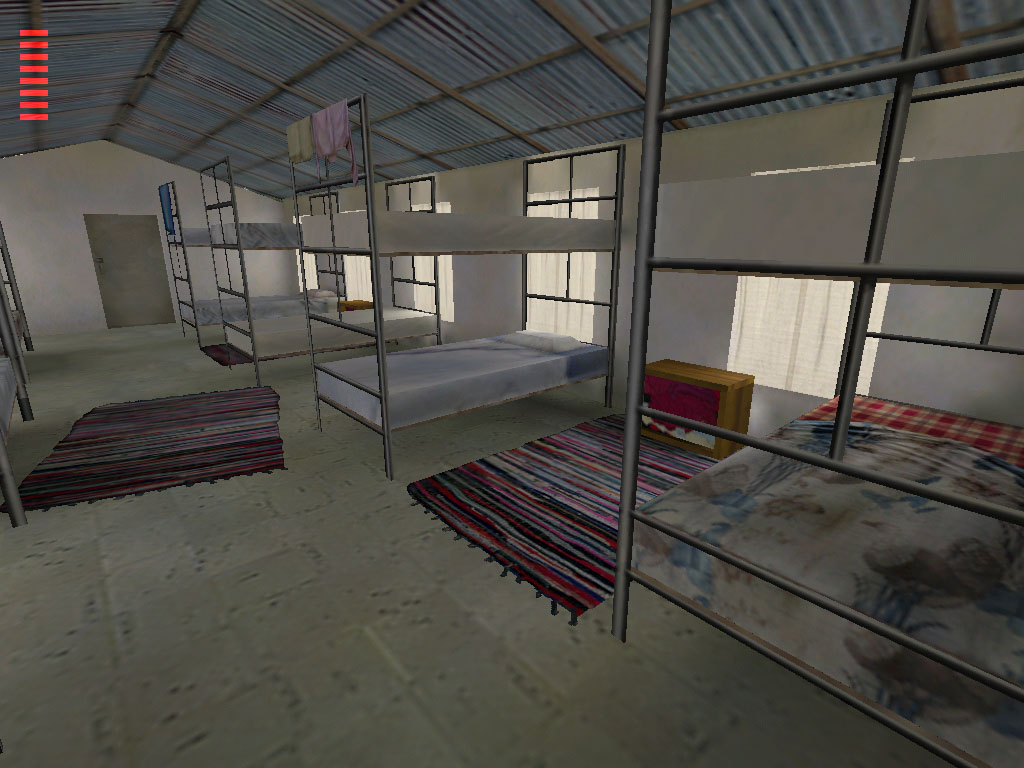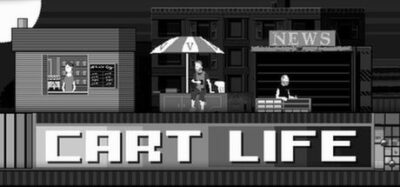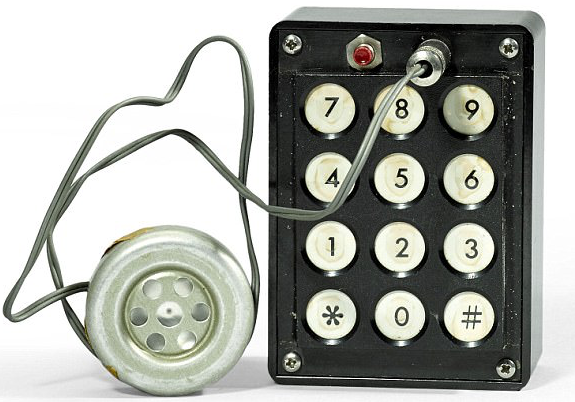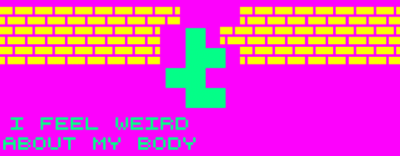van: https://mitpress.mit.edu/protest-game/
“On January 16, 1969, the square witnessed a stunning act of defiance against political oppression. Jan Palach, a 20-year-old student, set himself on fire to protest the public indifference to the Soviet occupation and the erosion of civic freedoms. Twenty years later, those freedoms were all but gone. Czechoslovakia was headed by one of the Soviet bloc’s most dogmatic and conservative regimes, and the country’s public life was strangled by censorship and secret police surveillance. But the opposition was still there, and—encouraged by the Perestroika reforms in the Soviet Union—it was becoming more and more courageous. On January 15, 1989, several dissident and opposition groups invited people to the Square to commemorate the twentieth anniversary of Palach’s sacrifice.
Citizens’ peaceful efforts to remember Palach were brutally suppressed by the police. Protesters were beaten up with batons and terrorized with tear gas and water cannons; many were arrested. Undeterred by the crackdown, people continued to gather for the following four days, and the string of demonstrations came to be known as the “Palach Week.” After a long period of more insidious oppression, the events marked the beginning of an open and public confrontation between the state and its citizens. While official news media tried to hush the events’ significance, they could not hide them altogether. As one of the main organizers reminisced twenty years later: “It was a breaking point because of the determination of the participants. And because the whole society noticed it.”
Among the responses to Palach Week demonstrations was a computer game, called The Adventures of Indiana Jones on Wenceslas Square in Prague on January 16, 1989. By then, computer games were a popular pastime among a growing group of hobbyists who were gathering in state-sponsored computer clubs. Supported by the government as a way of cheaply and efficiently educating programmers, the clubs were a haven for young, open-minded tech-savvy people who, in fact, held little respect for the political establishment. Their allegiance was with “cool” home computers and computer games, often smuggled from the West. They learned to write their own games, producing several text adventures starring heroes of Western popular culture, including Indiana Jones. In addition, they wrote games about their own lives or about the world around them—several of them engaging satirically with the Communist ideology and iconography.
Out of the surviving Czechoslovak “protest” games, Adventures of Indiana Jones on Wenceslas Square was perhaps the most acerbic and confrontational.”
